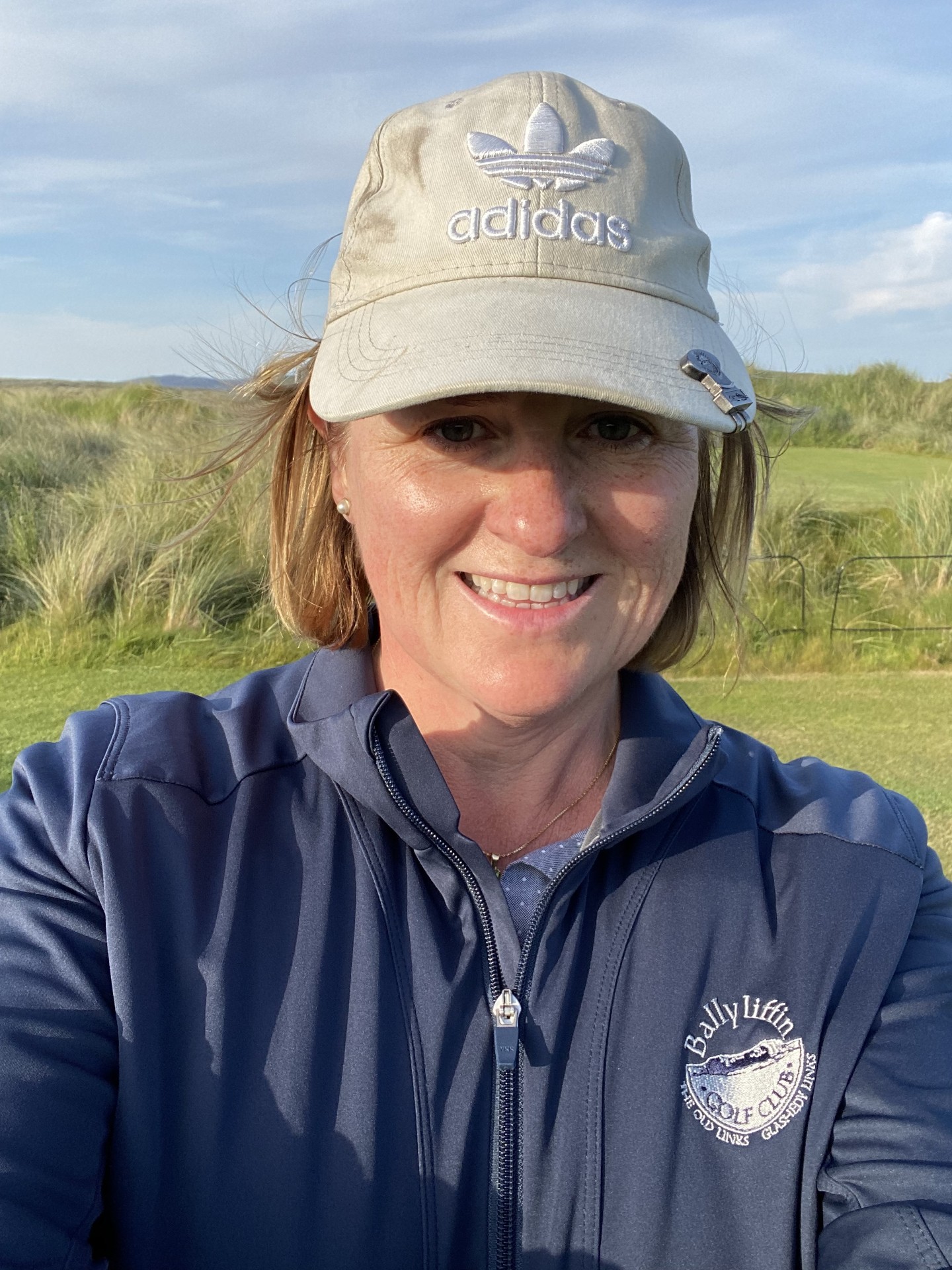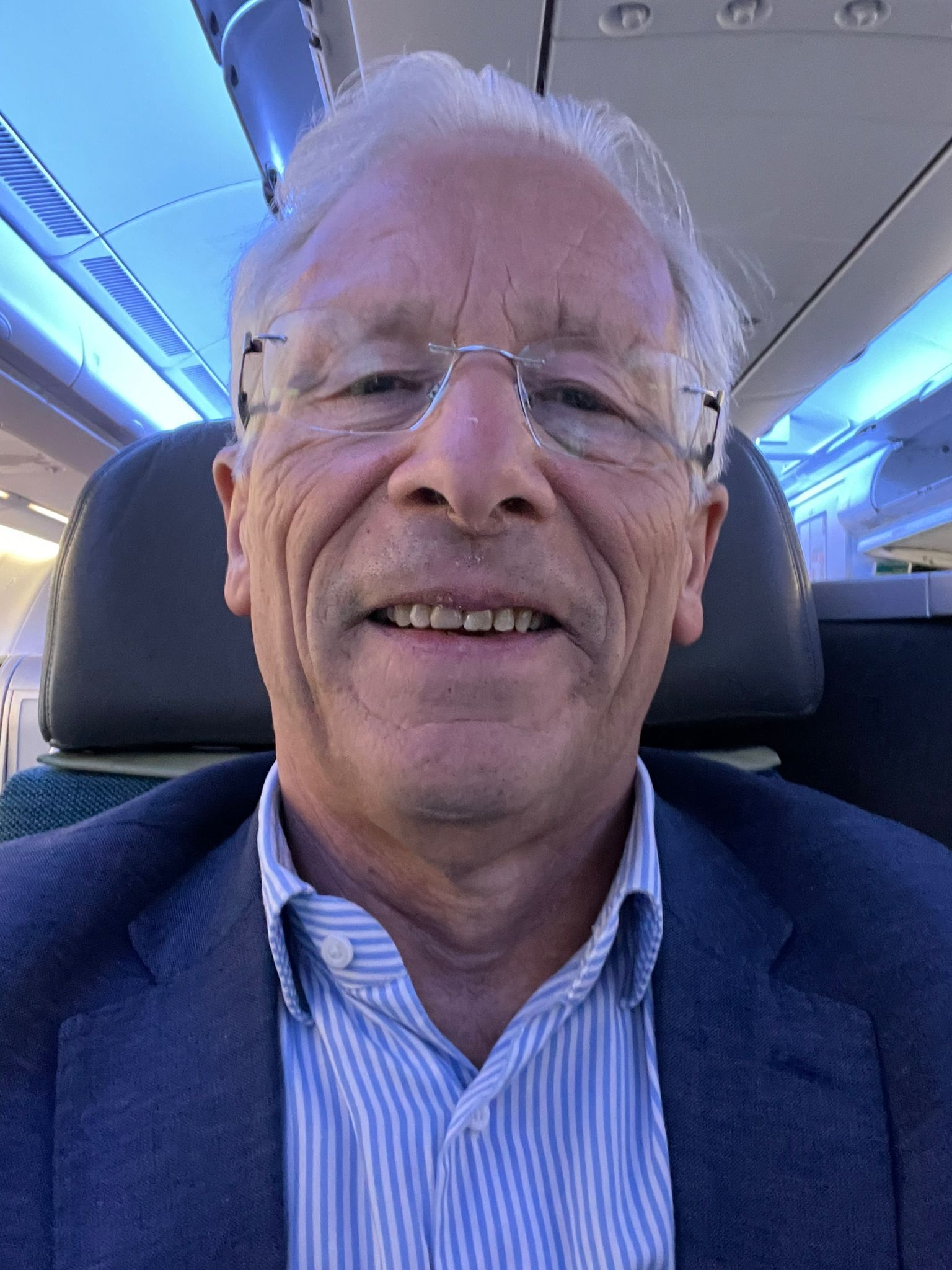Armed with business healthcare know-how, the CEO is nursing big ambitions
This article by Sean Pollock was published in the Sunday Independent in July 2021. (Photo by David Conachy / Sunday Independent)
Having fractured his neck in the past, former Leinster player and current CEO of UPMC Sports Surgery Clinic (SSC) Brian Keane knows a thing or two about injuries.
Keane, who landed the top job in Santry-based SSC around this time last year, played rugby competitively in the front row until he was 34 and won several caps for Leinster.
The 58-year-old has also navigated his way through the top echelons of several different public and private health organisations, and believes he is well equipped for life in the front row of one of the world’s top clinics for sports injuries.
“It’s not alien to me,” he says. “I have fractured my neck, and I wear a hearing aid. I have the war wounds – so I know what it’s like, and what the ageing process does. So when you start seeing the guys around whatever sport, it’s a stimulus.”
Keane has more to bring to SSC’s table than just old sporting wounds. He can count on almost two decades of experience across the business side of healthcare, from finance to operations, and is ready to pour it all into taking SSC to the next level.
“The stars aligned,” he says of landing the new role with SSC.
 “My job is to drive the ship as strongly as it can be, and make it profitable and well run,” he adds. “There are so many opportunities out there now.”
“My job is to drive the ship as strongly as it can be, and make it profitable and well run,” he adds. “There are so many opportunities out there now.”
The clinic is certainly making the most out of the opportunities coming its way. Having secured a significant investment from Carlyle Cardinal in 2019, the 380-person strong business (which reported pre-tax profits of €5.5m in 2019) is planning on opening two new theatres, bringing its total to seven.
Keane says the new theatres are sorely needed, as even during the pandemic SSC has been reporting record months. Currently, the clinic can cater for 14,000 surgical episodes annually with its “€10m-plus” expansion expected to boost that figure by a further 40pc.
“We are definitely going to run out of road at some point in late 2022 or early 2023,” he says. “It is great. It creates a new challenge.
“Even without amateur sport being back out, we have just had our most profitable months ever – the most profitable since we opened in 2007.
“I was scratching my head – how does this demographically work again?” he muses. “It’s just people getting back out and doing things, or having the time to fix something that’s been niggling them for the longest time. It has escalated to a crazy sense.
“It was fantastic for us, but it didn’t make a huge amount of sense to me.”
That expansion during Covid also brought its challenges, says Keane, who had to partner with recruitment companies in India to fill positions for the expanding clinic.
Leading the expansion of one of Ireland’s most successful private health clinics hasn’t always been front and centre of Keane’s thoughts. Growing up around Terenure, Co Dublin, a sweet tooth brought on by his parents’ careers was far more pressing.
Keane’s mother was a secretary at Bewley’s Cafés, and his father worked for cake manufacturer Gateaux – so the Keane family was never short of a sweet treat.
“That’s why I was never a scrum-half,” he says with a laugh. “It was not good for the diet, that’s for sure!”
Coffee and cake aside, Keane maintained a keen interest in business from a young age, heading to UCD to complete a BComm. Following that, he became a trainee accountant at KPMG in 1984.
“There are a lot of smart people in there,” he says. “It helps shape your thinking.”
Keane was never sure what he wanted to do with his career, though he stayed at KPMG for seven years. He then moved to Dimension Marketing as finance director, staying there for nine years.
With his taste for career satisfaction unsatisfied, in 2000 Keane dipped his toes into the world of healthcare. He joined The Haughton Institute, a venture linked with Trinity College Dublin, as finance director.
He ended up being bitten by the healthcare bug, and realised this was the field for him.
Keane progressed through several finance roles at various health organisations – including with the Rotunda, Hermitage, UPMC Beacon, and Beaumont Hospital – before landing a position at St Vincent’s Private Hospital in 2013 as chief operations officer.
After only 10 months in post, he was asked to step up and become chief executive.
Keane admits he found the prospect daunting.
“I was terrified,” he says. “I went out and bought a load of those books on how to be a CEO.
“It was a step into the unknown. But that’s my mantra now in life – never look back, and never miss an opportunity. You will survive.”
In 2017, Keane decided to move into a completely new role, heading up property developer Richard Barrett’s Bartra Capital Property Group Nursing Homes. Even though he loved hospitals, he decided to give nursing homes a go.
Keane enjoyed his time at Bartra – but then Covid hit. He says leading the nursing homes through the pandemic was among the most challenging times of his life.
“The nursing home world was particularly difficult, because there was a lot of mortality and attrition. It was terribly sad,” he says, with emotion. “Families couldn’t say goodbye properly, and that was awful.
“It’s unusual for a bean counter like me, but I just love healthcare. The reason I love it is because it’s different. The nature of the work, what it’s fundamentally about – which is caring for people – but those months were pretty grim.
“A lot of people working in healthcare are probably still suffering some degree of trauma.”
As the Covid crisis continued, Keane’s phone rang. It was a recruitment company on the hunt for a new chief executive for SSC. It was an opportunity he couldn’t turn down.
“This is what I love,” he says. “I love sport as well, so when this job came up, and I got the phone call, I said ‘Yes please.’”
Keane landed the top job after Carlyle Cardinal (which holds a 38pc stake in SSC) and the board agreed the company needed a full-time chief to focus on the clinic’s expansion plans. Its previous CEO, Josh Keaveny, was CEO part-time while also working as a pain management consultant.
The story of SSC is impressive, with Keane admitting he often looked on with envy at the company’s accounts from other hospitals and clinics.
“I’d have been the one throwing rocks at this place, giving out about it from Vincent’s, Hermitage or Beacon,” he says with a laugh. “You’d be envious.
“We’d all look at each other’s financial accounts and see how they are all performing. Net profit – and more importantly, Ebitda – these guys were always doing well, and I was elsewhere observing all this. They picked a very good niche.”
SSC was founded in 2007 by one of the world’s top orthopaedic surgeons, Ray Moran, and was also backed by his brother Kevin – the Ireland, Man Utd and Dublin star.
The clinic developed a reputation as a centre of excellence in joint replacement (hip, knee, shoulder) and in sports soft tissue surgery. It has also become known for its sports medicine division, with Keane proudly adding that it is the go-to place for many of the world’s top athletes – from America’s NFL, to the British and Irish Lions, and beyond.
“When someone goes up to our sports medicine centre, and it’s a guy who’s in fifth year of school – and sat right beside him is the Irish number 10, and he is sitting there agog, it’s quite impressive,” Keane says. “You could easily be rubbing shoulders with the stars.
“You’d be walking around this place on the Monday morning after an international, and you’d see players and be thinking ‘I never realised he was that big’.
“It actually creates a cachet,” he adds. “So if you are an amateur enthusiast, you think ‘if this place is good enough for those guys, then it’s good enough for me.’ That’s the benefit.”
Keane landed the top role with SSC at a “funny time”. When he joined in June 2020, the hospital was still under the control of the HSE under a deal to help the health service cope with the Covid-19 crisis.
Coming in as the boss during the time, Keane could see SSC was quiet.
“A lot of our competitors were very busy with respiratory patients, they had ICU situations, and the public system exported a lot of its cancer care to the private world,” he says of that period.
“We don’t do that. We would have done a couple of hundred in-patient episodes of care, maybe slightly less on the daycare side. That’s very small for us. We were quiet.”
Having worked in leading roles across public and private healthcare settings, Keane believes more needs to be done to enhance cooperation between the two worlds – particularly if the country wants to cut down its looming waiting-list crisis.
“In Ireland, it would be more beneficial to both parties if they talked,” he says. “Part of the reason – it’s amazing, but I’ve seen all this, having worked on both sides of the fence – is that in the HSE and government there is a huge mistrust of all things private. There’s a lack of understanding.”
Despite Keane’s concern for the public health system, he has big plans for SSC as things start to reopen. With sports now taking place, he is more optimistic that a typical trading year could be on the horizon in 2022.
While Keane may have hung up his rugby boots a long time ago, his SSC career is just warming up.
“The fundamentals of this business have always been strong – and now they are even stronger,” he says. “It has what it didn’t have before Carlyle Cardinal: the means to take it to another level. And now it has done so.
“It’s encouraging in the middle of a pandemic when you are breaking your records month after month consecutively. It’s strange, but it bodes well for the future.”
Curriculum vitae
Name Brian Keane
Age 58
Position CEO of UPMC Sports Surgery Clinic
Lives Dalkey, Co Dublin
Family Wife – Julie
Education Terenure College, B Comm at UCD
Previous experience Trainee accountant with KPMG; finance director at Dimension Marketing; finance director at The Haughton Institute; finance controller at the Rotunda Hospital; CFO at the Hermitage Medical Clinic, and then at UPMC Beacon Hospital; director of finance at Beaumont Hospital; COO and then CEO at St Vincent’s Private; CEO of Bartra Capital Property Group Nursing Homes
Favourite pastimes Rugby and golf, and a love of travel
Favourite film ‘Gladiator’
Business lessons
What is the one lesson from your career that has stood you best?
Never look back with any regrets. If you are not happy somewhere, then don’t stay.
How challenging is it, working in the healthcare sector?
It can be tiring. It has been a tough year for everyone in healthcare.
How did it feel landing your first chief executive role, and what did you take from that experience?
Sometimes you don’t know everything. And then there is the fear of the unknown. But you learn an awful lot as you go along. It was a challenge, and I was nervous at the start – but I loved it. You get such a buzz out of it.


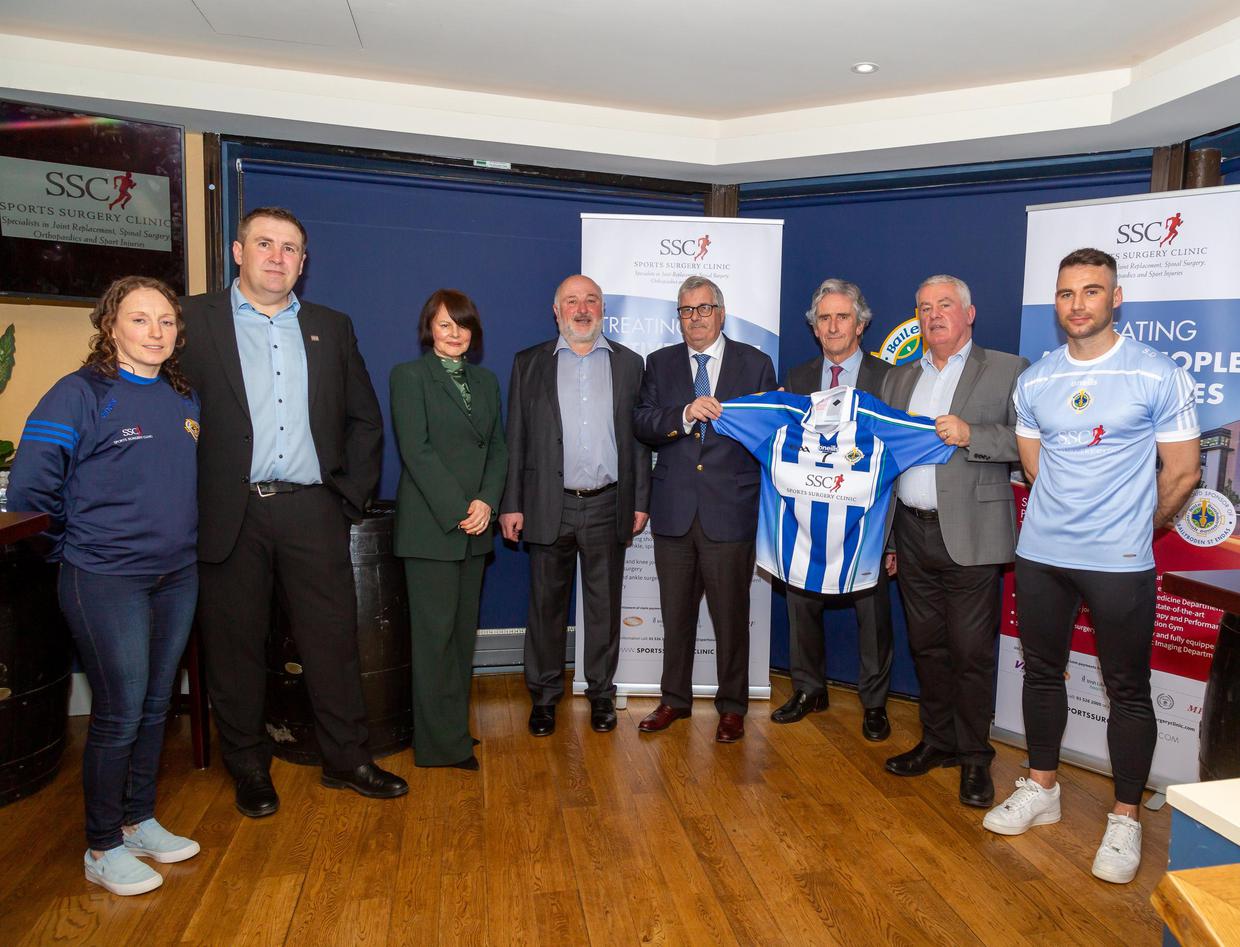


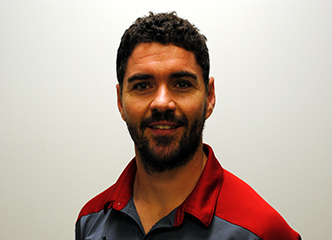 “ACL injury prevention strategies for any coach” by
“ACL injury prevention strategies for any coach” by 

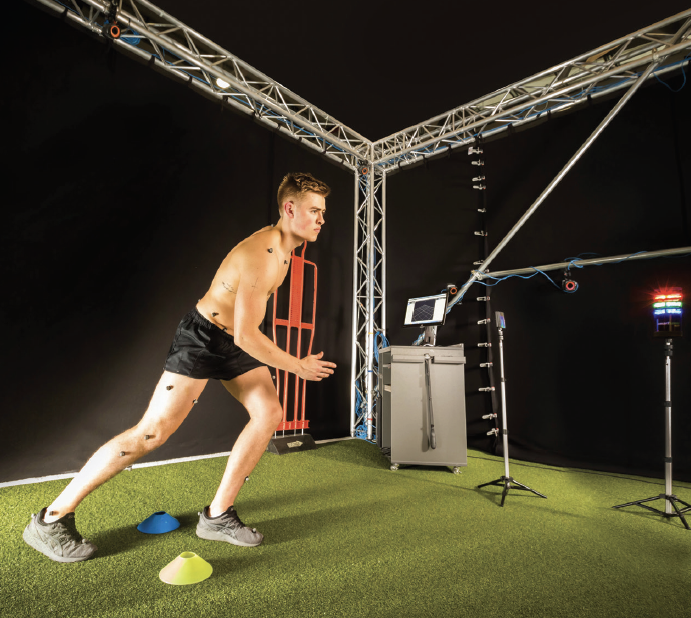


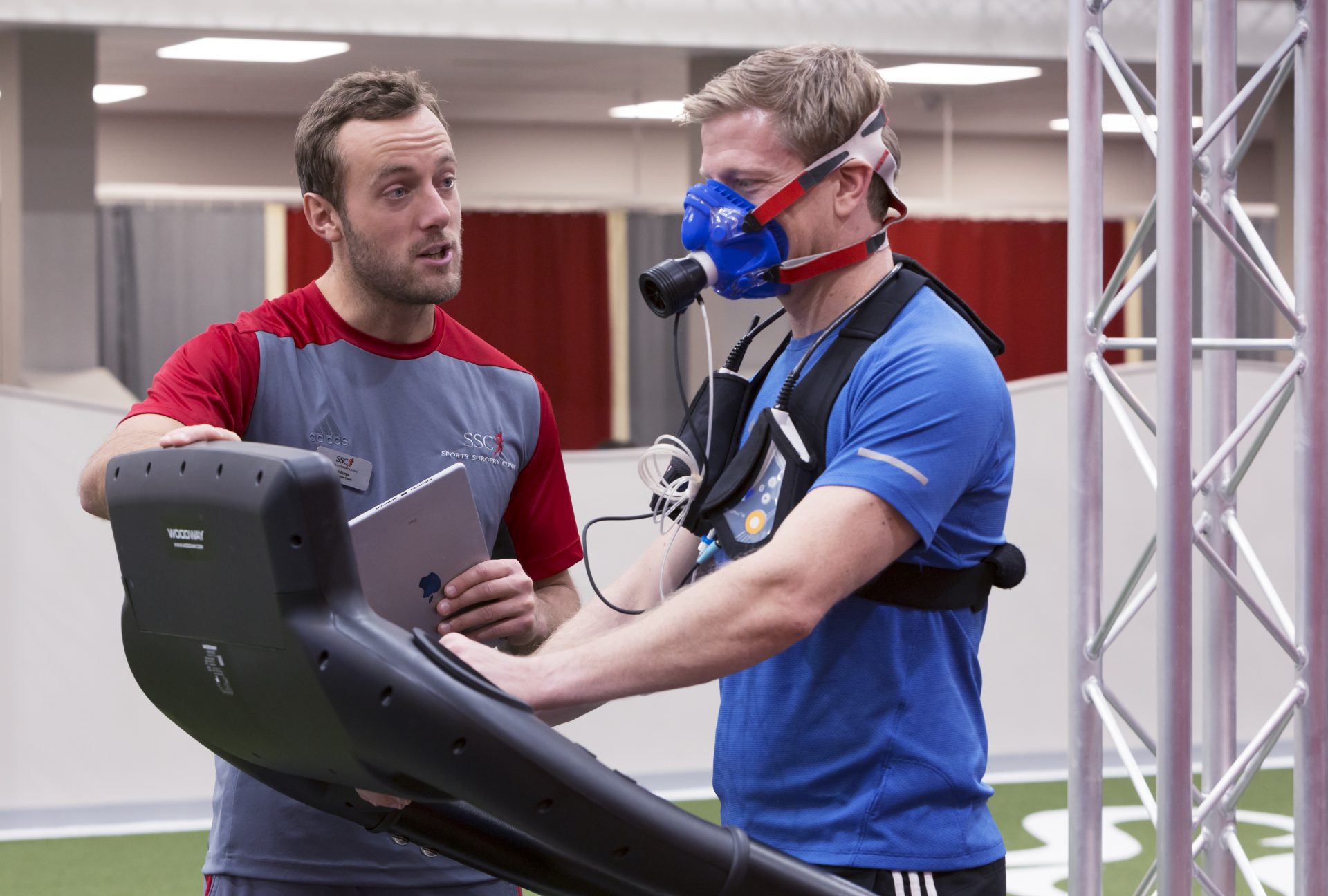
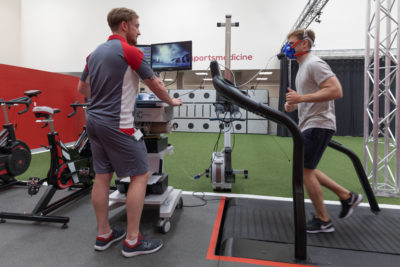
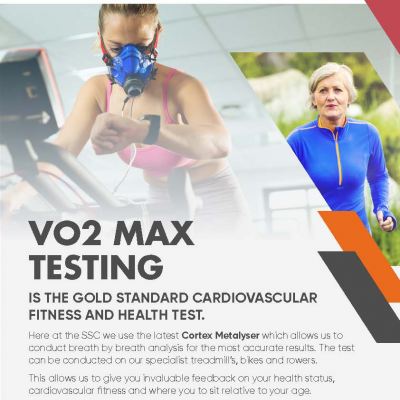
 Luke Hart is a Senior Strength & Conditioning Coach and Fitness Lead at UPMC Sports Surgery Clinic in Santry.
Luke Hart is a Senior Strength & Conditioning Coach and Fitness Lead at UPMC Sports Surgery Clinic in Santry.
 “My job is to drive the ship as strongly as it can be, and make it profitable and well run,” he adds. “There are so many opportunities out there now.”
“My job is to drive the ship as strongly as it can be, and make it profitable and well run,” he adds. “There are so many opportunities out there now.”